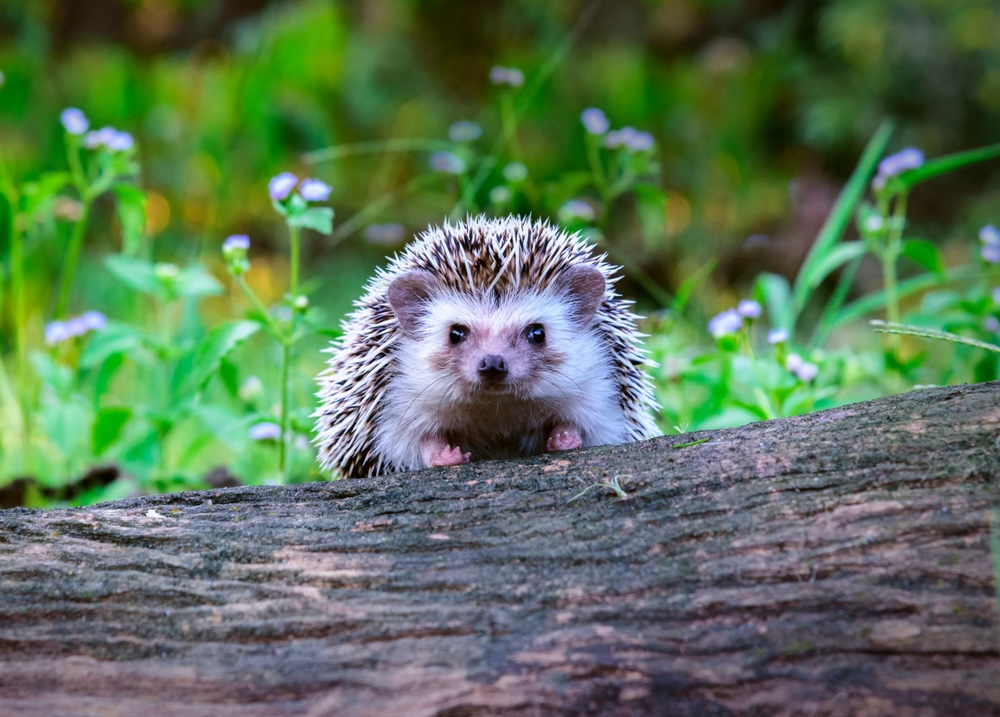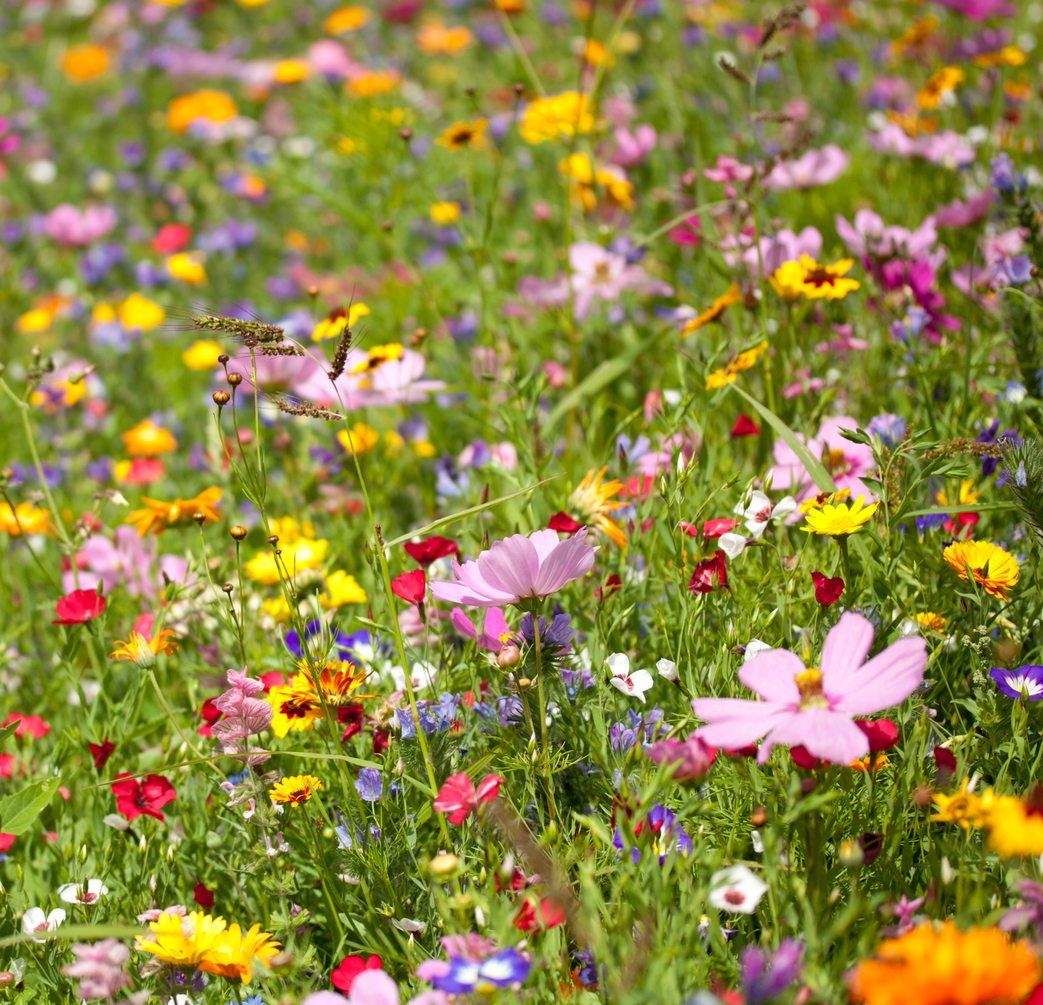
Are you looking to create a wildlife-friendly pond in your garden? By following some simple steps, you can transform your outdoor space into a sanctuary for birds, insects, and amphibians. In this blog post, we will provide you with tips on designing and maintaining a pond that supports local wildlife, enhancing biodiversity. So, let's dive in and learn how to create a wildlife-friendly pond.
Planning Your Wildlife-Friendly Pond
Before you embark on the exciting journey of creating your very own wildlife-friendly pond, pausing for a moment of careful planning can make all the difference. Selecting the right spot in your garden is crucial – you’ll want an area that receives a good balance of sunlight and shade, as this will be most inviting to a broad spectrum of wildlife. It’s also worth considering the proximity to your home; not too close that the wildlife is disturbed, but close enough for you to enjoy the view and monitor its health easily.
The size and shape of your pond play a significant role in its appeal to different species. A larger surface area is generally better for attracting a wider variety of birds and insects, but even a small pond can be a biodiversity hotspot if designed thoughtfully. Think about including shallow areas, as these are beneficial for amphibians and insects looking to enter or exit the water.
Involving everyone at home in the planning process can also enrich the experience. Discussing the types of wildlife you hope to attract and researching together can be an enjoyable and educational part of the project. Remember, the goal is to create a haven for wildlife that also brings joy and tranquillity to your living space. By laying the groundwork with thoughtful planning, you’re well on your way to achieving just that.
Designing for Diversity: Depth, Edges, and Plant Zones
Diversity is the spice of life, especially when it comes to creating a habitat in your wildlife-friendly pond. Crafting a space that caters to a broad range of species requires a thoughtful approach to depth, edges, and the selection of plant zones.
Starting with the pond's depth, aim to include varying levels. Shallow areas are perfect for amphibians and insects, allowing them easy access in and out of the water. Meanwhile, deeper sections can provide a safe refuge for aquatic wildlife from predators and harsh weather conditions. This variation not only caters to different needs but also stimulates a dynamic ecosystem.
The design of your pond’s edges is equally vital. Gradual, sloping edges mimic natural water bodies and offer safe passage for wildlife. These gentle inclines are particularly crucial for creatures such as frogs and toads, enabling them to easily navigate in and out of the water.
Regarding plant zones, the magic lies in diversity and balance. Surround your pond with a variety of native plants. Create zones ranging from submerged and floating vegetation to marginal and terrestrial plants. Each zone will attract and support different wildlife, from underwater inhabitants to those preferring a dry land nearby. This mosaic of habitats will not only be a feast for the eyes but also a bustling hub of activity, enriching your garden's biodiversity spectacularly.
The Importance of Native Plants in Your Pond

Embracing native plants in your pond isn't just about adding beauty; it's about creating a lifeline for local wildlife. These plants are more than mere decorations; they form the foundation of a healthy, functioning ecosystem. Native species have evolved alongside local birds, insects, and amphibians, meaning they offer the perfect sources of nourishment and sanctuary. Opting for indigenous flora ensures that you're providing the best support for the ecosystem’s inhabitants, fostering a balanced and thriving environment. Additionally, native plants have the advantage of being well-adapted to your local climate and soil conditions, which tends to make them more resilient and easier to care for than exotic species. This not only benefits the local wildlife but also reduces the need for maintenance and interventions on your part. By integrating these plants around your pond, you contribute significantly to the local biodiversity, ensuring that your garden becomes a beacon of life and natural beauty. Remember, every plant you choose can make a difference in creating a harmonious haven for wildlife.
Creating Hideaways and Habitats
Creating an inviting and secure environment for your garden visitors is essential in making your pond the heart of wildlife activity. Crafting hideaways and habitats is more than just a creative endeavour; it’s about providing safe nooks for creatures to thrive. Incorporate natural materials like rocks, logs, and dense plantings around the perimeter of your pond. These elements offer vital shelter for amphibians such as frogs and newts, who adore cool, moist hiding spots during the heat of the day.
In addition to these natural hideouts, consider building or installing structures specifically designed for wildlife. A simple pile of leaves or a carefully placed hollow log can become a luxurious abode for insects and small mammals. For our feathered friends, installing bird boxes and hanging feeders in nearby trees can turn your garden into a bustling avian paradise. These features not only serve as refuges but also as breeding grounds, ensuring the next generation of garden visitors.
It’s also beneficial to let some areas of your garden grow a little wilder. Allowing grass to grow longer and leaving some leaf litter undisturbed can create microhabitats that are perfect for a host of creatures. This approach not only adds to the aesthetic appeal of your garden but also encourages a diverse range of wildlife to call your pond their home. By thoughtfully incorporating these features, you lay the groundwork for a vibrant ecosystem, making your wildlife-friendly pond a true sanctuary for all its inhabitants.
Keeping the Water Healthy Naturally
Ensuring your pond remains a thriving hub for wildlife means prioritising the health of its waters, naturally. Steering clear of harsh chemicals and pesticides is a must, as these can be detrimental to the delicate balance of your pond's ecosystem. Introduce floating plants, like water lilies, which play a dual role in oxygenating the water and providing much-needed shelter for aquatic life. These plants are not just aesthetically pleasing; they act as natural filters, absorbing nutrients that could otherwise fuel algae growth. Additionally, consider implementing a rain garden nearby to filter runoff water before it enters your pond, reducing the likelihood of pollution and sediment build-up. Regularly checking the water quality for the correct balance of pH and oxygen levels can also prevent potential issues before they arise. This approach of combining beauty with function not only supports a vibrant aquatic environment but ensures your pond remains a safe haven for its inhabitants without the need for artificial interventions.
Seasonal Care and Maintenance Tips
To ensure your wildlife-friendly pond remains a vibrant sanctuary year-round, it's vital to adapt your maintenance strategies with the changing seasons. Springtime heralds a fresh start; it's the perfect moment to gently clear away any debris accumulated over the cooler months, ensuring the water and surrounding areas are pristine for your returning wildlife guests. As the sun climbs higher in the summer sky, vigilance against algae blooms becomes paramount. These can swiftly overtake a pond if left unchecked, so regular observation and natural intervention methods are key.
Autumn brings a shift as plants begin to wind down. It's wise to remove dying vegetation to prevent it from decaying in the water, which could lead to nutrient imbalances and affect water quality. This is also an opportune time to check and prepare the pond for the cooler months ahead, ensuring it remains a welcoming retreat for wildlife even as temperatures drop.
Winter's chill introduces new challenges, particularly the risk of the pond freezing over. Implementing measures to prevent complete freezing can be crucial for the survival of aquatic inhabitants, ensuring they have access to the oxygen they need.
By attending to these seasonal care and maintenance tips, you’ll not only preserve the health and beauty of your pond but also support the diverse range of life that depends on it throughout the year.
Wildlife Watching and Enjoyment
Embrace the tranquil moments of observation and connection as your wildlife-friendly pond becomes a bustling hub of activity. Create a cosy nook or a discreet viewing point where you can quietly witness the daily routines of your new garden inhabitants. Watching the darting dragonflies, listening to the gentle splash of frogs, and spotting the varied birds that visit can offer unparalleled joy and relaxation. This personal retreat not only serves as a testament to your efforts in supporting biodiversity but also provides a unique opportunity to engage with nature on a profound level. Equip yourself with a pair of binoculars or a camera to capture these moments, turning your garden into a living album of natural wonders. Observing the changing seasons through the lens of your pond’s life can deepen your appreciation for the intricate web of existence that thrives in your own backyard. Enjoy the peaceful coexistence with nature and the serenity it brings to your life.
